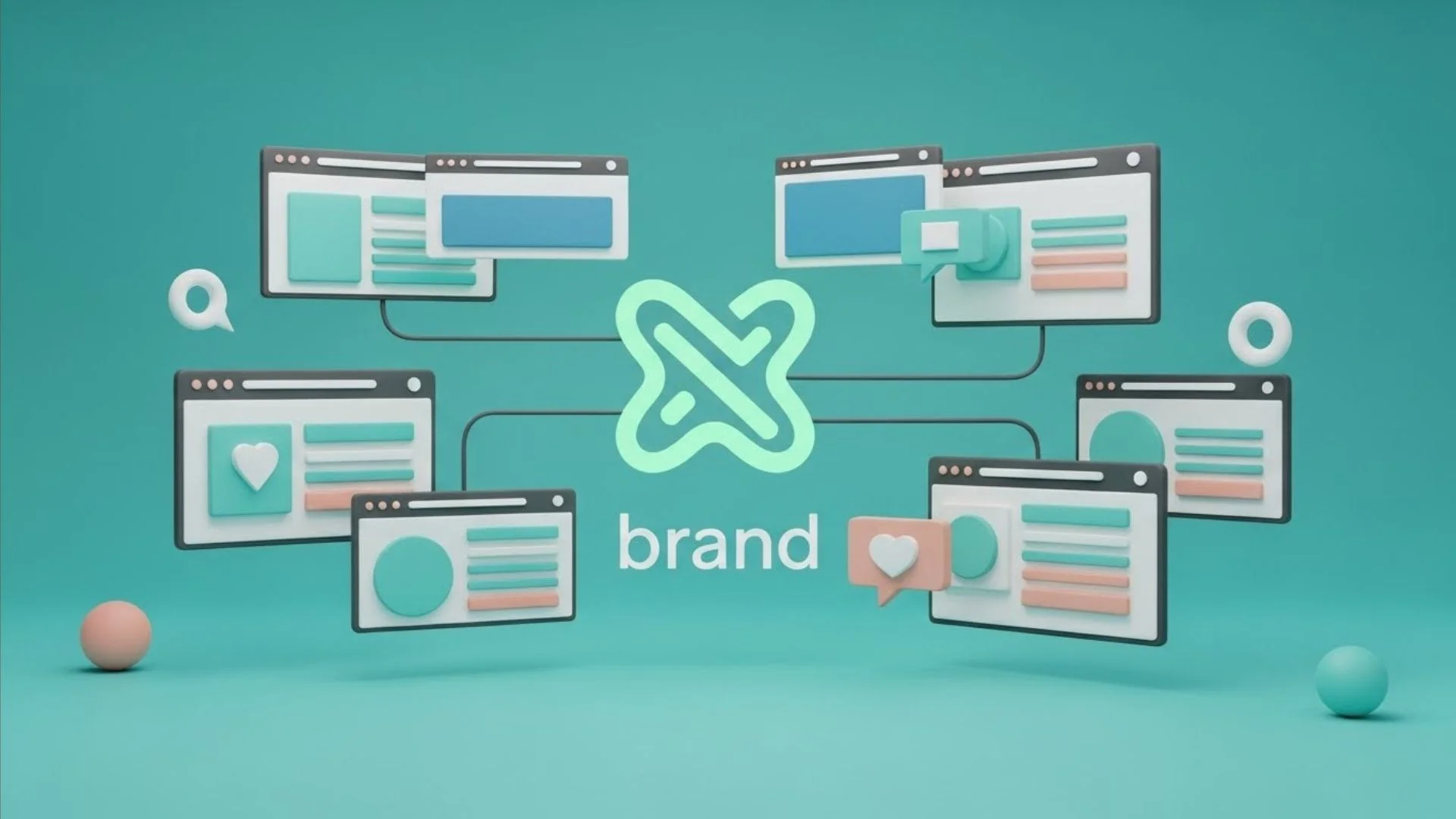Let’s say you just launched a Scalable App and things are going great. Beyond great, actually. People are signing up, engagement is through the roof, you’re getting tons of positive feedback and everything’s peachy. Then, it starts to slow down. Pages take longer to load, users are annoyed, and one by one, one-star reviews start to roll in. Why? Because you couldn’t handle the sudden growth.
You can’t build a skyscraper on a shaky foundation but scaling an app can feel just like that. And it shouldn’t. Your app should be able to grow without crashing under pressure, which is why you need to integrate no-code tools with solid IT systems. If your infrastructure isn’t built to support growth, it’s like putting a jet engine on a bicycle. Not good.
Keep reading and you’ll see how to use no-code tools the right way and make your app stay strong, secure, and ready to grow.
Scalability in App Development
Scalability in app development is about making sure that your app can handle more users, more data, and more features without slowing down or slowing to a crawl. You want your app to be able to grow smoothly, with the demand, without compromising performance or making user experience worse.
This is a bigger deal than you think because if your app explodes in popularity overnight but can’t keep up, users will get frustrated and jump ship. All you’ll be left with is lost revenue and bad reviews. Plus, scalable apps can easily adapt and expand over time, which is important for the future.
Making a Scalable App
Making a scalable app isn’t easy. Infrastructure can be limited and that makes it tough to keep things running smoothly as you grow. You also need to take security into account because, the bigger the app gets, the more hackers are drawn to it. And, of course, there’s the cost of it all. Effective scaling is expensive if you don’t have the right systems in place.
And the cost might be different depending on where you hire those services from. Here’s a quick comparison:
| City | Avg. Hourly Rate | Avg. Cost of Project |
| San Antonio (USA) | 100-149 USD | 50,000+ USD |
| Toronto (Canada) | 100-150 CAD (70-105 USD) | 50,000+ CAD (34,750 USD) |
| London (UK) | 100-150 GBP (130 -195 USD) | 40,000+ GBP (51,750 USD) |
Do some research and compare your options. For example, according to Clutch (as you can see in the table above), IT services in San Antonio will give you excellent infrastructure and dependable support, but it’ll cost you approximately 50K+ USD for a standard-sized application. Plus, they’re known for their good prices and strong cybersecurity. Then there’s Toronto (Canada), which is famous for high-tech startups, and London (Europe) is unbeatable in enterprise-level support, but the prices will vary greatly.
Sure, these approximate costs will vary from company to company, and it also heavily depends on the size and difficulty/complexity of the app, but this data still gives you a glimpse into what you can expect.
You want a balance between cost, quality, and expertise, which means – do your research well.
How to Integrate No-Code Tools with IT Systems
Building apps fast is never the answer. You want to build them right, and here’s how you do that.
-
Define What You Need
First, figure out what you want your app to do. What is its purpose? What features does it need? Who’s going to use it? Once you know all this, it’s easier to decide which parts of the app you can build with no-code tools and which parts need traditional IT systems.
Also, think about the app’s future. What will it need to handle as it grows? Set clear requirements right at the start to make the whole process easier.
-
Assess Compatibility
No-code tools need to work with the IT systems you have because, if they can’t connect, nothing will work the way it’s supposed to. Check if your no-code platform supports APIs, which allows different systems to share data. You’ll also want to look for potential problems that could mess upscaling or security.
-
Implement Security Protocols
Security is always the number one priority, so work with IT professionals to set up the right protections before your app goes live. This means using encryption, authentication, and regular monitoring to keep data safe. No-code tools often rely on cloud systems, so make sure their security measures meet your standards.
Security plans need to be updated over time because new threats pop up and what works today might be useless tomorrow.
-
Integrate Using APIs and Middleware
The magic happens when you connect your no-code tools with IT systems. APIs let your systems talk to each other and share information. Sometimes, though, they don’t match up that well, which is why you need middleware. Think of it as a translator that helps different systems work together.
Once everything is connected, test all of it to ensure it’s working properly. If you notice any issues, you have to fix them before the app is live.
-
Monitor and Optimize Performance
When you get the app running, the work isn’t done. You need to keep an eye on how it’s doing using analytics tools. If you see problems, fix them right away or you risk downtime and bad user experiences down the line.
Conclusion
Scaling your app is not going to give you a migraine if you do it right from the start. But keep in mind that building the app is just the beginning. You’ll always need to keep an eye on its performance and you’ll need to keep it up to date.
The good news is that, when your systems are working hand in hand, things are easier and don’t fall apart.
nandbox App Builder
Companies wishing to expand without sacrificing performance or user experience depend on scalable apps. Making scalable, native mobile apps has never been more simple with nandbox App Builder. Strong infrastructure and modular architecture of the platform guarantee that nandbox-built apps can easily manage growing user demand and feature expansions. From e-commerce to social networking to booking systems, nandbox’s flexible solutions enable companies to change and grow without continual renovation. This implies that when your company expands your software can easily handle additional users and new features, therefore preserving dependability and performance at all levels.





